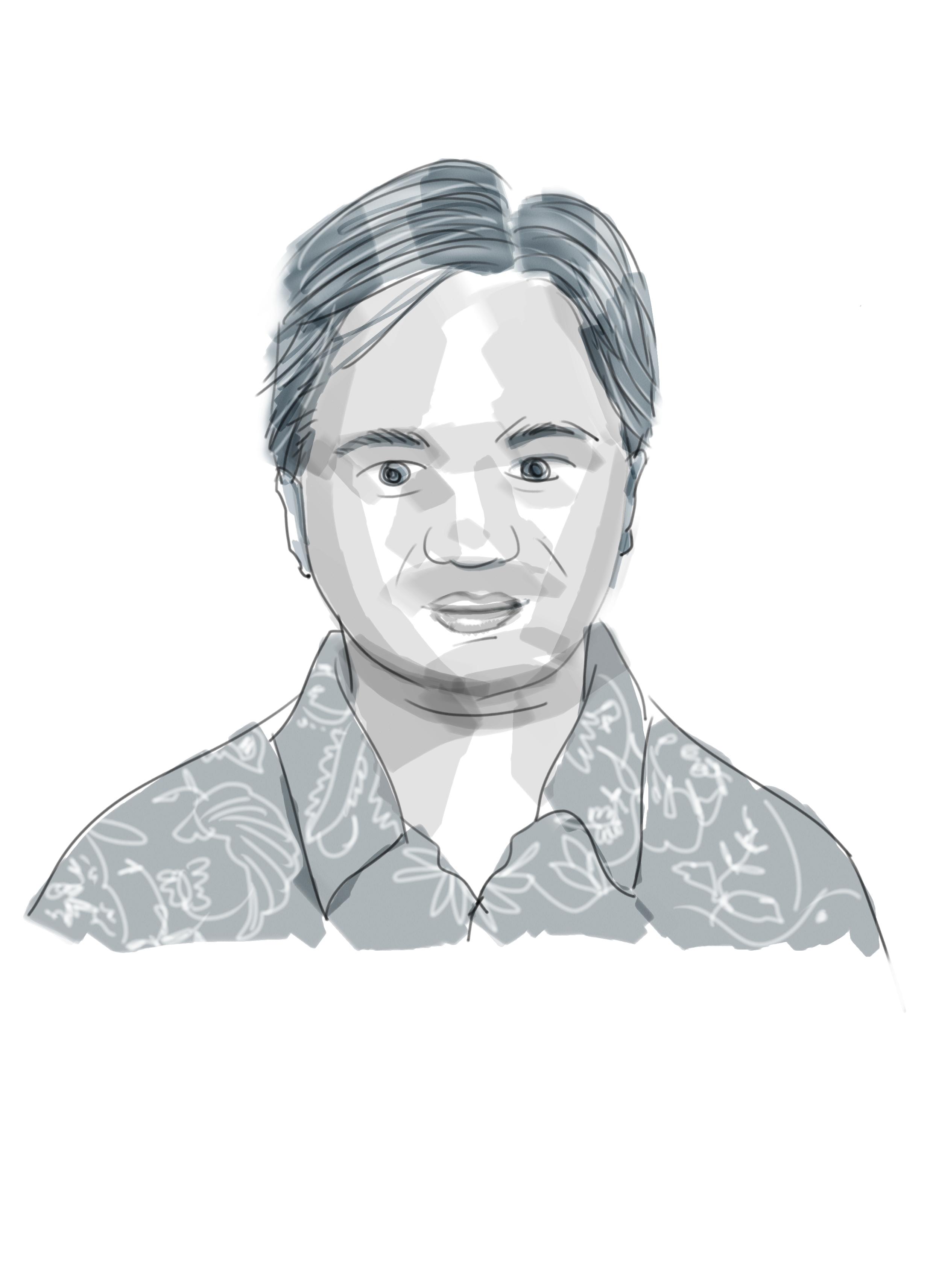One of my favorite books is Asian Godfathers by Joe Studwell, a British economic journalist. It describes the richest families in Southeast Asia and Hong Kong – how they built their wealth, what they control, and why most people in their own countries hardly know them. Studwell rejects the notion that only the ethnic Chinese can flourish with their “bamboo network”, as Indian, British, and Muslim tycoons prosper by following the same rules.
The tycoons maintain good relations with the ruling government. They keep private details hidden. They build a triangle of trade network connecting the hinterland (Indonesia or China), the market (their own country), and the financial core (Singapore or Hong Kong). They focus on trade and service, never on high-tech production – therefore we don’t have Southeast Asian automotive and computer corporations.
For me, to understand the tycoon is to understand Southeast Asia. Why are the majority of them ethnic Chinese and how responsible are they for the persisting anti-Chinese sentiment in Southeast Asia? Why can’t Southeast Asia industrialize like South Korea and Taiwan? Why are many tycoons Evangelical Christians although they personally believe that the Western civilization is inferior?
The novel Crazy Rich Asians (CRA) was released in 2013 and it fitted my niche. It’s a romance between two ethnic Chinese people. It’s a satire on rich Singaporeans and Hong Kongers. It’s set in Singapore, where I wished to live. It is peppered with both Peranakan familiarity (the food and the Malay expressions), and new information on the Malaysia-Singapore world, such as translations of Cantonese and Hokkien exclamations and the difference between a Tan Sri and a Dato.
A lot has happened since I started reading the novel and completed it. I am no longer wishing to be accepted by other ethnic Chinese. I am now more captivated by European simplicity and practicality than by East Asian modernity. Reading the novel after reading books on the Swedish ethic of lagom (just enough) made me sad. Rich and highly unequal Singapore and Hong Kong are full of unhappy people who think that hurting others would make them less unhappy.
CRA is a satire on rich Chinese-Singaporeans. Rich people who pray to Jesus while panic-selling property stocks. Rich people who sneer at other Chinese who don’t speak Queen’s English, yet habitually use Malay adjectives in conversations. Who are very secretive and yet thirsty for Tatler’s attention. The novel offers me an insight on the lives of rich Chinese-Indonesians.
The bestseller was turned into a motion picture this summer. Loaded with stars from the United States, Australia, Singapore, Malaysia, and the United Kingdom, Asian-Americans adore the movie. It’s a Hollywood blockbuster, not an indie. It’s a romance comedy, not a martial arts action or a melancholic drama. It’s about rich and crazy Asians in modern Southeast Asia, not about the pain of being an immigrant in the West. Many African-American and Latinx celebrities tell their followers to see it.
Singaporean progressives are less enthusiastic about it. Singapore in CRA is a Singapore of rich Chinese, where Malays and Indians are relegated into household assistants and security guards. Like other American pop culture products, it celebrates the excess of the rich. It’s not different from other mainstream Singaporean media, which prioritize the Chinese and the Eurasians.
The movie demonstrates another rift between Asians and Asian-Americans, with a twist. Previously, many Asians were fine with the tropes of whitewashing (Ghost in the Shell), white savior (The Great Wall), and the nerdy Asian man/icy Asian woman dichotomy that irk Asian-Americans. Now while Asian-Americans (and not just Chinese-Americans) are excited with how CRA wins the critics and the audience, many Asians are at best treating it as a standard Hollywood rom-com.
At the risk of generalizing, here is what I see: Asian-Americans believe that Asians have different experiences – they don’t experience racism and discrimination, and they are used to see their faces in the media. The latter balk at this suggestion, pointing out that every Asian country has significant minorities. These minorities, however, are still omitted and stereotyped. While American critics help us being aware of representation of brown people in American media, there are no Japanese critics to help us being critical on the portrayal and omission of Korean-Japanese and Okinawans in Japanese media.
CRA might not show in Indonesia. Although publishing giant Gramedia has released the Indonesian edition of the book series, I am afraid the movie isn’t interesting enough for most Indonesians. Chinese-Indonesians are not fans of Asian-American actors, while the Chinese-centric story may be off putting for other Indonesians. Hipsters, meanwhile, prefer John Cho’s thriller Searching in cinema and To All The Boys I Loved Before on Netflix.
The conflicting interests between Asian-Americans and Indonesians might be evident in Mile 22, which was panned for its critical and financial failure compared to CRA. But many Indonesians look forward to this Iko Uwais movie, and don’t care if it’s a horrible movie set in corrupt and dirty “Indocarr”.
I tried to straddle this world between Asian Westerners and Asians and failed. To many Asians, Asian Westerners are “bananas” – yellow on the outside, white on the inside. Asian Westerners may see Asians as “Fresh Off the Boat” – cheap, dirty, and rude. This month, I think Asian-Americans fail to see why many Asians are not interested in Crazy Rich Asians, just as many of the latter fail to understand why the movie is groundbreaking for Asian-Americans, including those from South Asian and Southeast Asian backgrounds. For Asians, there are better romantic comedies produced in Asia, while for Asian-Americans, CRA will influence studios to greenlight more Asian-American films.
Still, we now see more Asian-Americans playing leading roles in TV series (9-1-1, The Good Place, and Killing Eve) and it’s easier for Westerners to see Asian movies and TV series through cinemas and online streams. That’s good news for Asians everywhere.
Find out here about Mario’s love and hate relationship with Indonesia and follow @MarioRustan on Twitter.









Comments